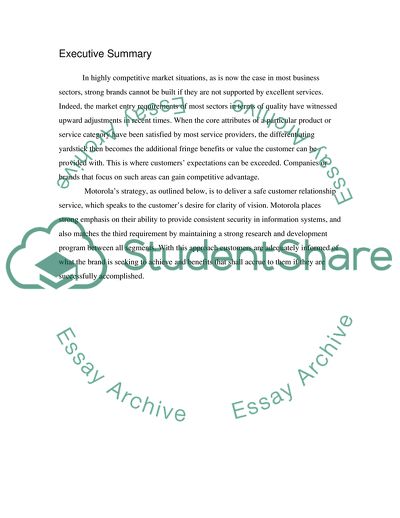Cite this document
(Motorola: Consumer Relationship Marketing Essay - 1, n.d.)
Motorola: Consumer Relationship Marketing Essay - 1. https://studentshare.org/marketing/1705626-marketing-plan
Motorola: Consumer Relationship Marketing Essay - 1. https://studentshare.org/marketing/1705626-marketing-plan
(Motorola: Consumer Relationship Marketing Essay - 1)
Motorola: Consumer Relationship Marketing Essay - 1. https://studentshare.org/marketing/1705626-marketing-plan.
Motorola: Consumer Relationship Marketing Essay - 1. https://studentshare.org/marketing/1705626-marketing-plan.
“Motorola: Consumer Relationship Marketing Essay - 1”. https://studentshare.org/marketing/1705626-marketing-plan.


